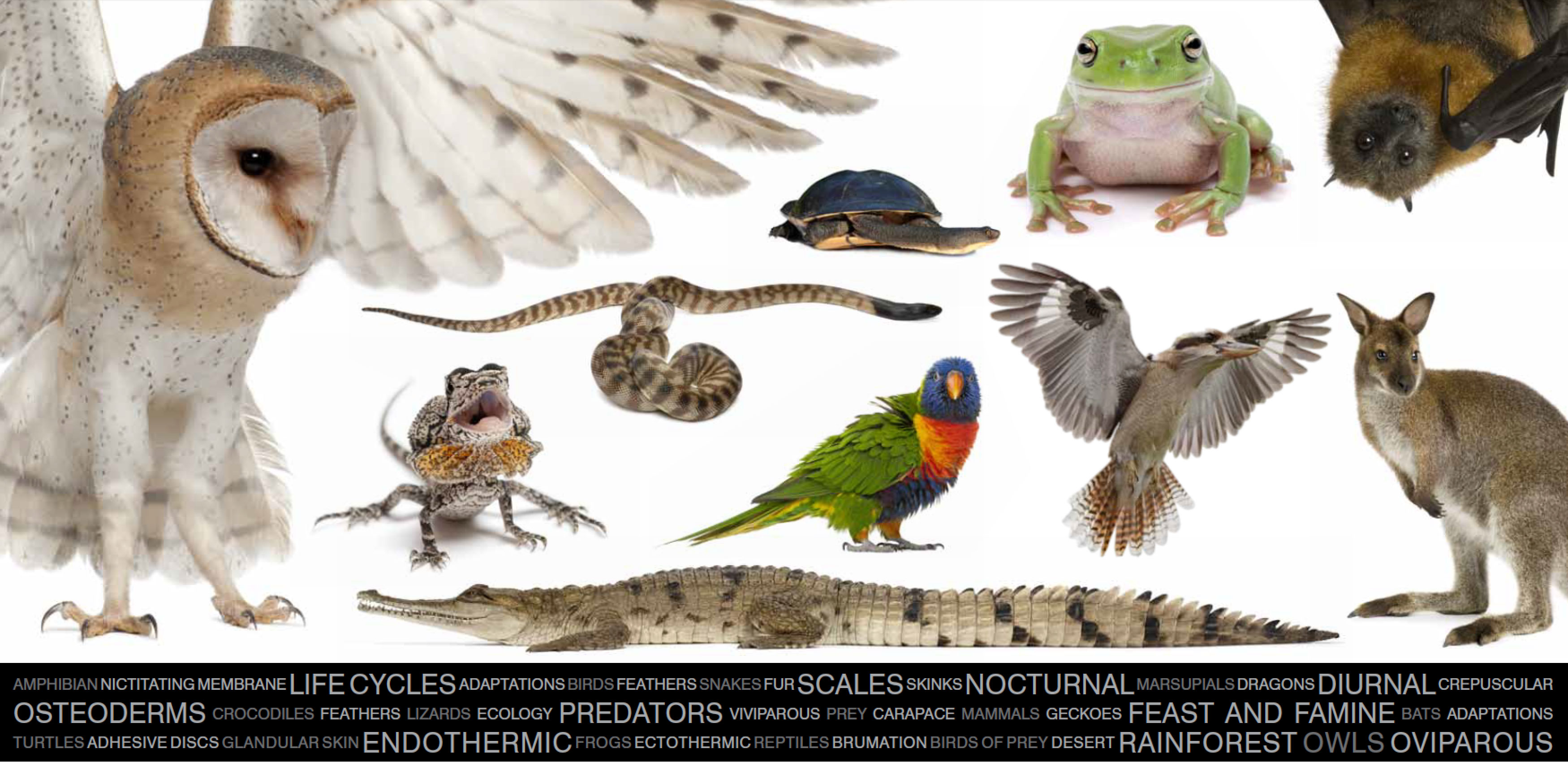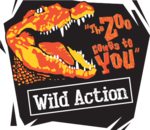
In this one-hour interactive workshop Students of all ages will be introduced to the amazing World of Australian Animals!
Australia certainly has some very unique, weird and wonderful creatures!
We’ll also discuss the important role that each and every species plays in our fragile ecosystems, and the impact mankind has had on their populations.
An absolute maximum of thirty children may participate in this program. We pride ourselves on a quality, engaging experience. Animal welfare is paramount to us. Multiple sessions for more than 30 children can be arranged on the same day if required.
REPTILES, skink, monitor, gecko, fresh water turtle, python snake (non-venomous), crocodile AMPHIBIANS frog species BIRDS a selection of owl species, tawny frogmouth or parrot species + others MAMMALS a selection of joey kangaroo, potoroo, bettong, flying fox, gliding possum or ringtail possum.
